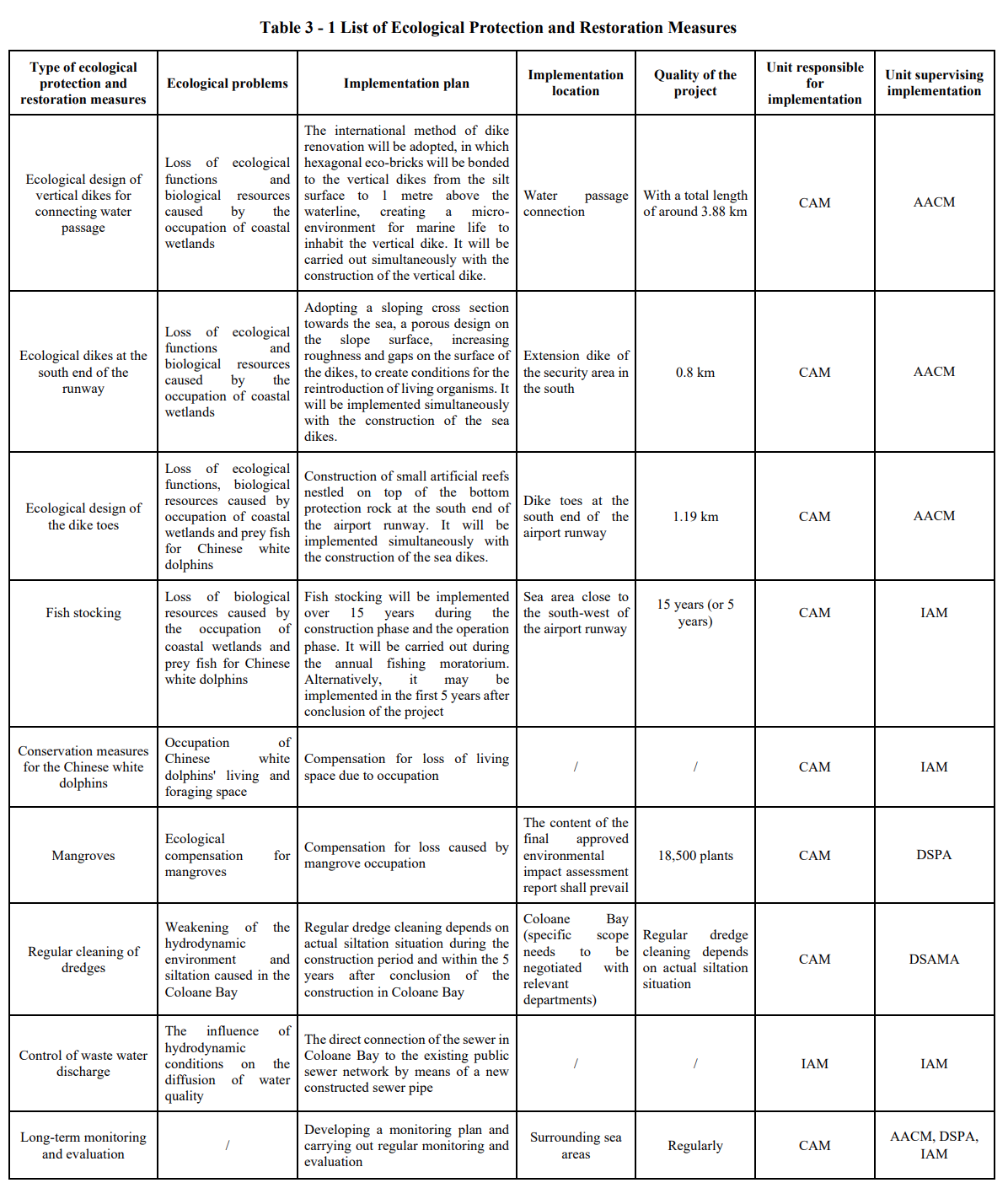Expansion and Reclamation Project
- Project Background
- Project progress overview
- Procurement Information
- Construction work content
- Introduction to the construction work
- Ecological restoration
In view of the rapid growth of Macau’s tourism industry and the changing structure of Macau’s air passenger transport, as well as the trend of integrating Macau’s air, land and sea transport network with the development of the Pearl River Delta region, Macau International Airport (MIA) is tasked to undertake major improvements on its facilities to meet the demand for air transport driven by environmental, social and economic changes. As such, the Civil Aviation Authority (AACM) and Macau International Airport Company Limited (CAM) collaborated to formulate the Macau International Airport Master Plan (the Master Plan) in 2010.
In July 2016, the Macau SAR Government officially approved the planning report.
In February 2017, the Macau SAR Government submitted an application to the Central Government for airport expansion plan, including the gradual phases of the land reclamation project; between November 2017 and August 2018, in accordance with the comments made by the mainland ministries, AACM conducted the Study on Water Conservancy for the Expansion Plan of Macau International Airport, introducing necessary changes to the layout of the expansion plan.
From August 2019 to June 2021, in accordance with the requirements of the mainland ministries, multiple scientific research projects and reports on the airport expansion project were prepared, namely, flood control assessment report, navigation conditions impact assessment report, argumentation report on the use of sea area and environmental impact assessment report. The two parties had held meetings, conducted site inspections and went through scientific debate sessions in respect of the above research.
In August 2021, the SAR Government officially submitted the application for the land reclamation project to the Central Government.。
In October 2022, the SAR Government has received the official approval document from the Central Government for the land reclamation project for the airport expansion.
In November 2024, CAM held the Macau International Airport Expansion and Reclamation Project Groundbreaking Ceremony.
In May 2025, the project contractors China Harbour Engineering Company Limited/ Northwest Civil Aviation Airport Construction Group Co., Ltd/ Ming Shun Construction and Property Investment Limited hosted the groundbreaking ceremony.
The reclamation work has begun successively, including the temporary embankment sandbag filling, the construction of the reclamation material conveyor system, and ongoing environmental and flood monitoring activities during the construction period.
The third quarter of 2025
- The application for the export of natural sand dedicated for this project from Mainland China to the Macao Special Administrative Region has been approved by the Ministry of Commerce of China.
- The application for the export of natural sand dedicated for this project from Mainland China to the Macao Special Administrative Region has been approved by the Ministry of Commerce of China.
- To protect the existing taxiway bridge structures and effectively control the reclamation area, temporary embankments have been designed for this project. The hydraulic filling pipeline has been laid across the waterbody between the south taxiway bridge and the landfill area, and the construction of the south temporary embankment is currently proceeding with the sandbag filling process.
- For parts of this reclamation project, deep cement mixing piles are used as a soft ground treatment technique. The trial pile installation process and adjustments to the mixing ratios are currently underway to ensure optimal ground strengthening and provide a stable foundation.
- During the construction period, the settlement and displacement monitoring systems for existing facilities such as the taxiway bridge, runway artificial island, and apron have been installed, and initial data collection has been completed.
- The flood control and environmental monitoring report for the first phase of construction (Spring 2025) has been completed.
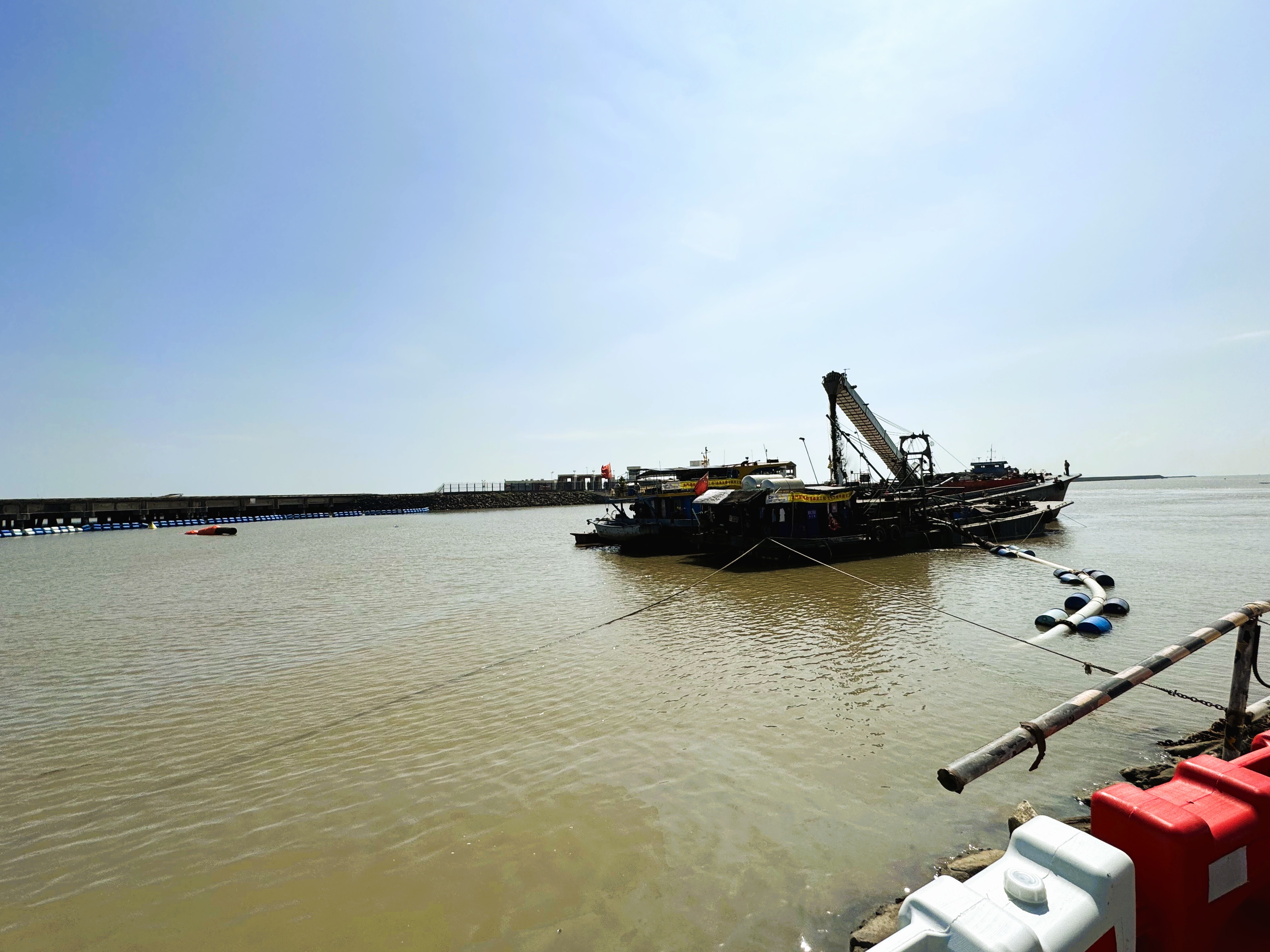
Sand Pumping Vessel
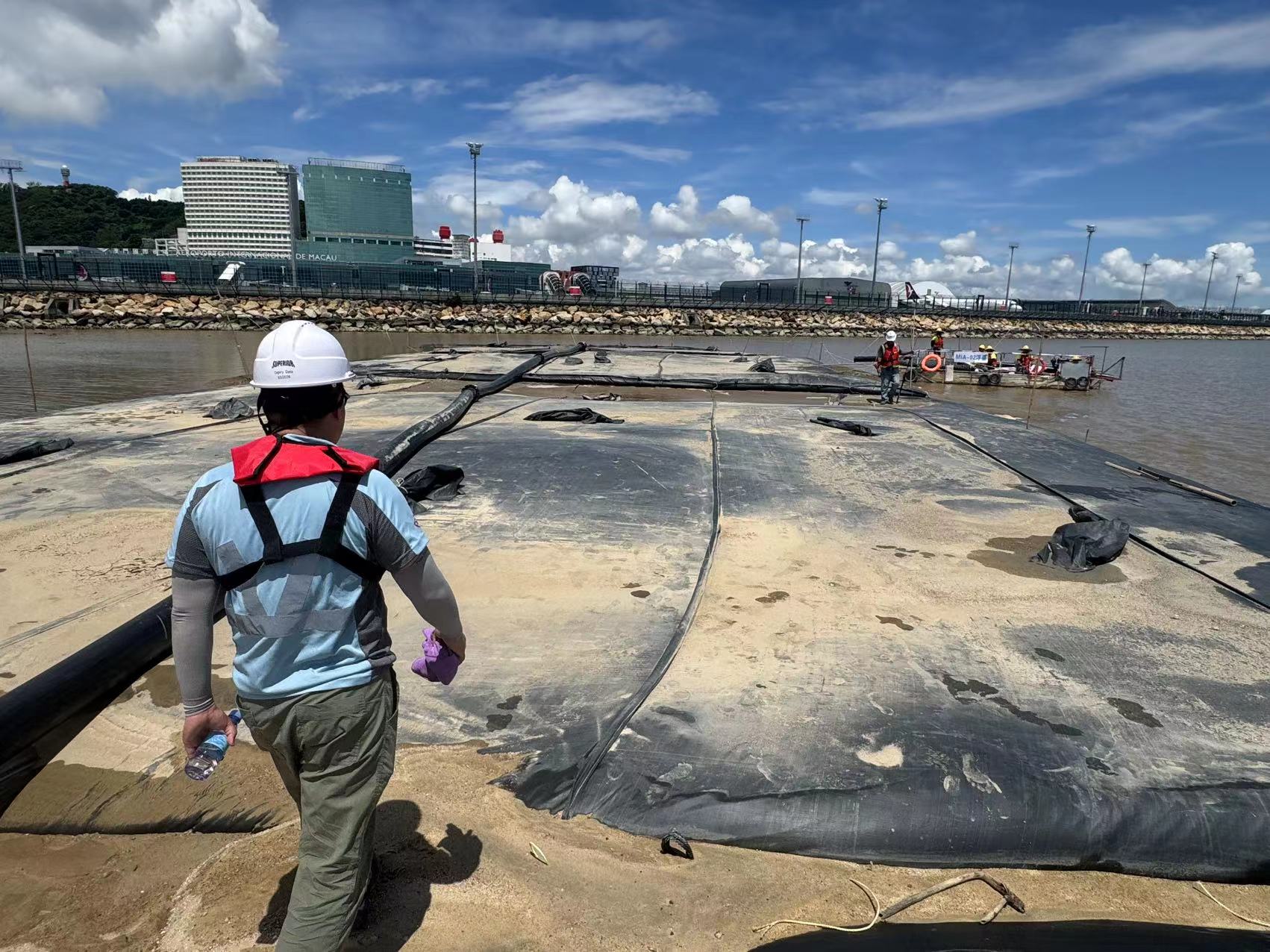
Temporary Embankment
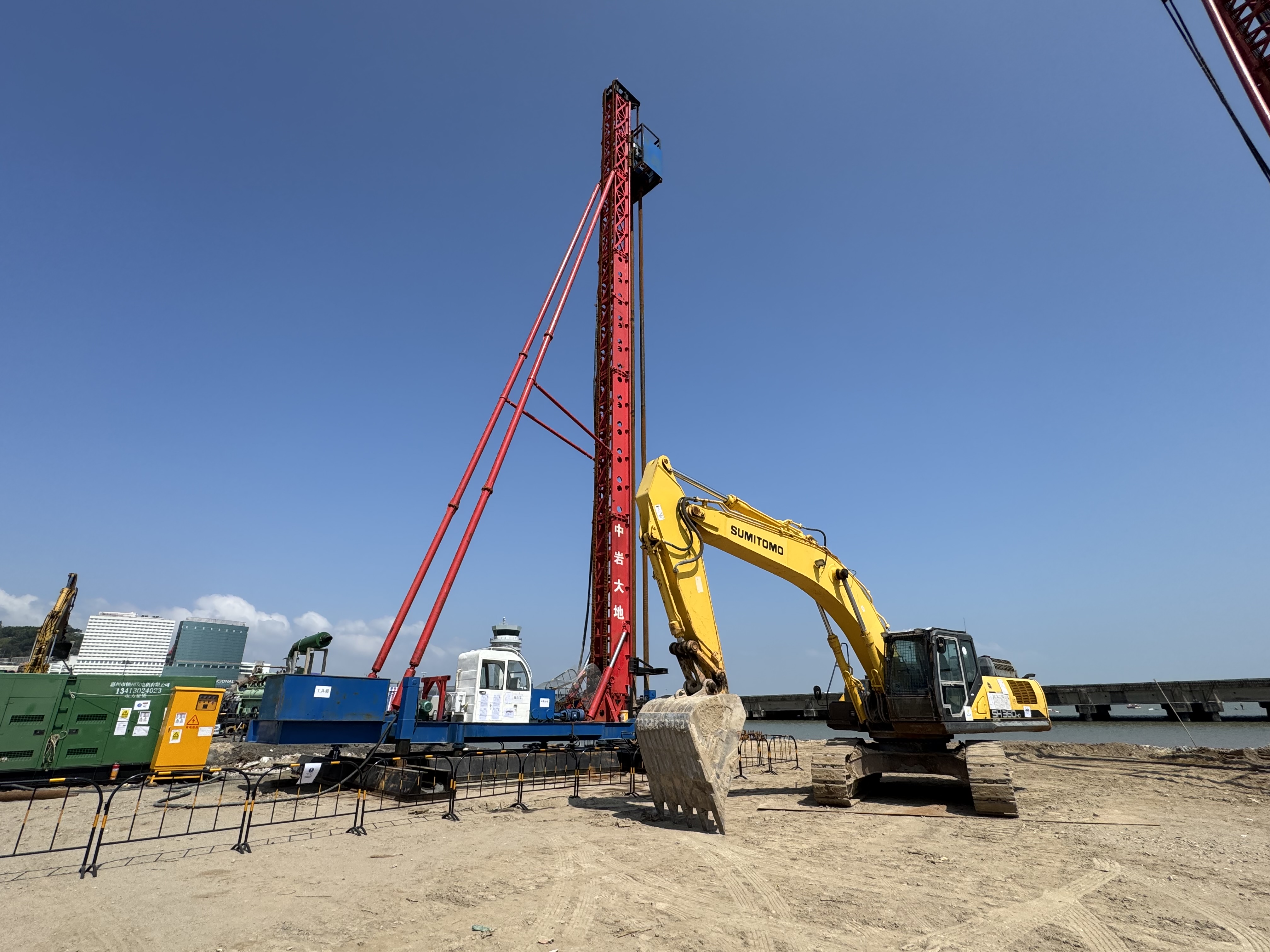
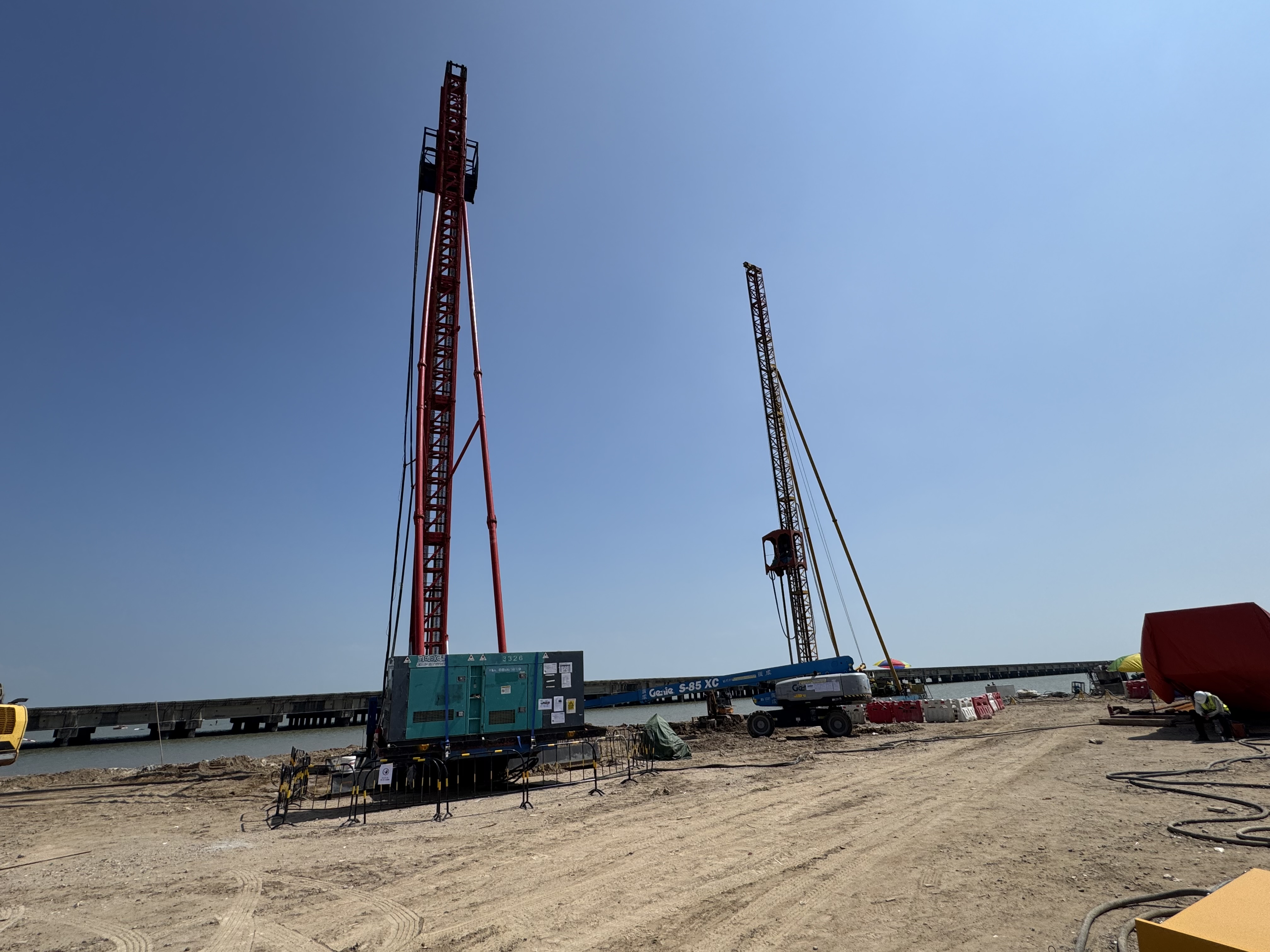
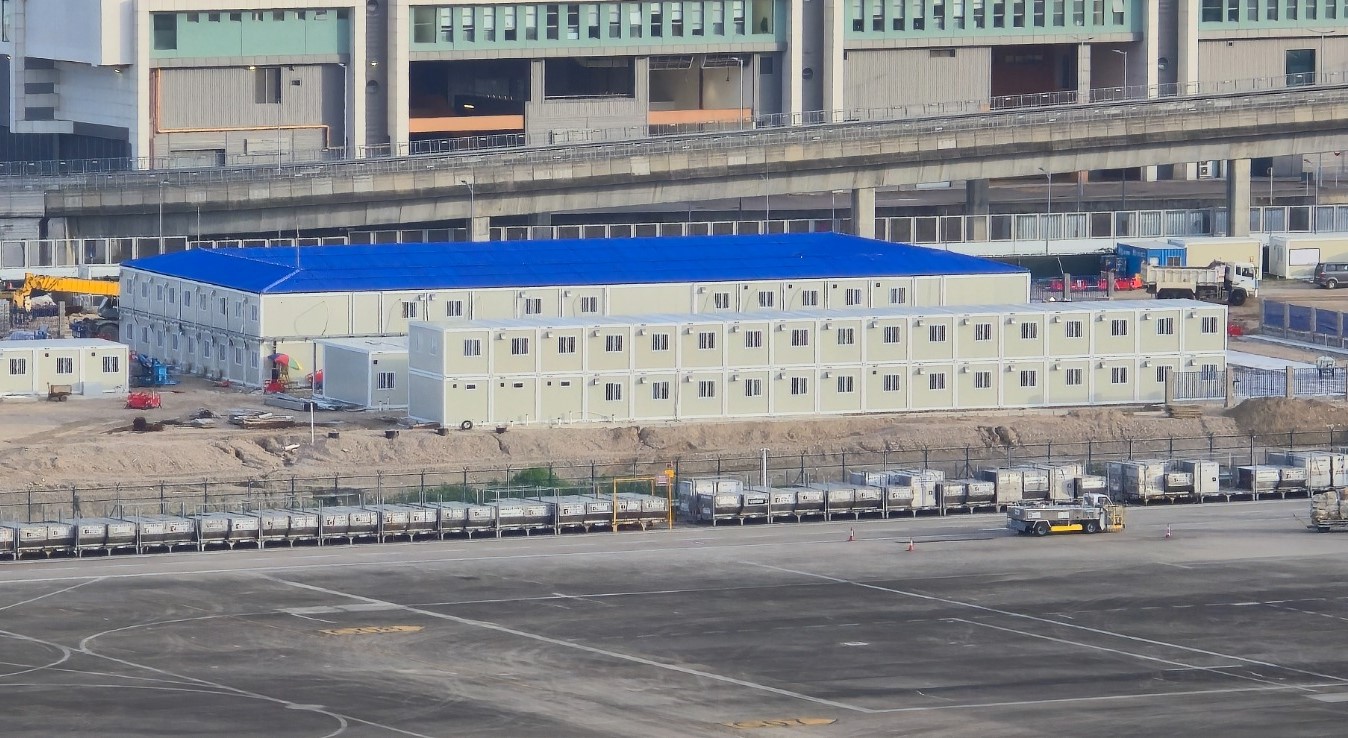
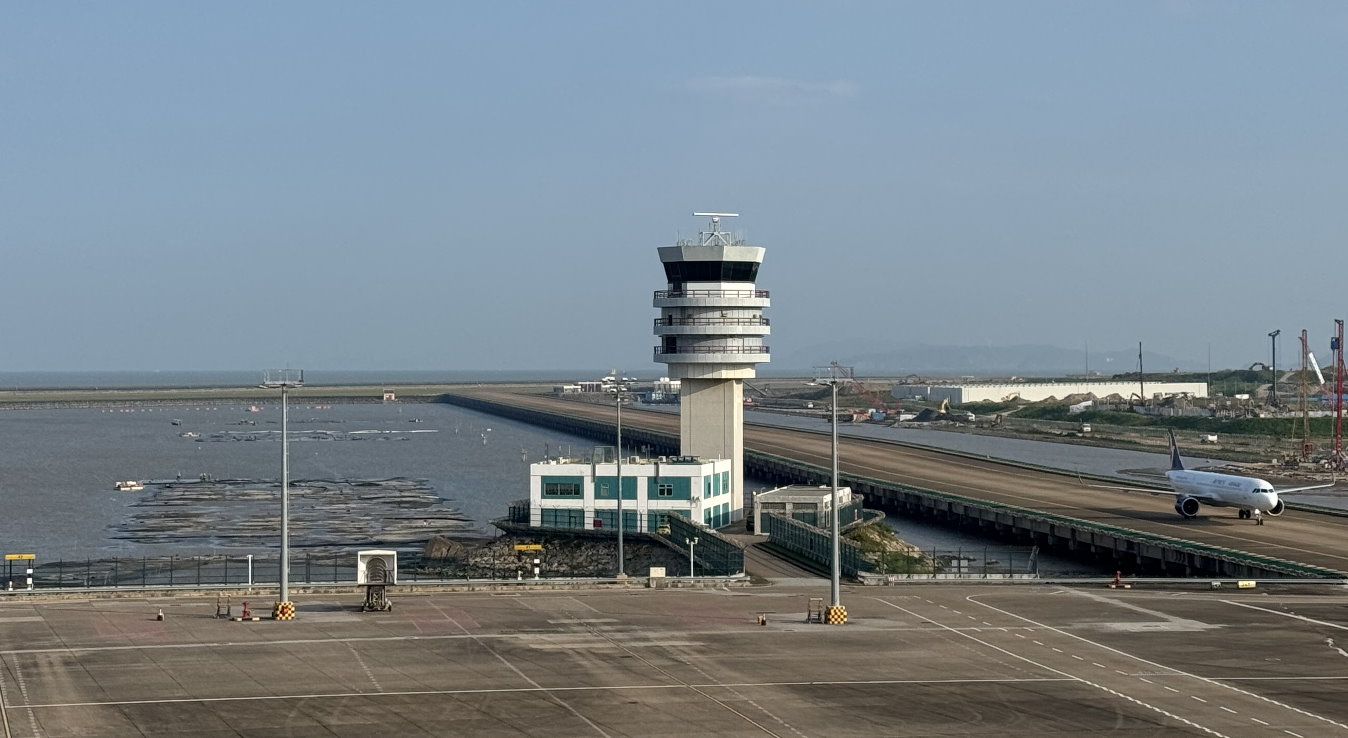
Second quarter of 2025
- The Groundbreaking Ceremony for the “MIA Expansion Project – Construction Works for Reclamation and Apron” was held on 30 April 2025.
- Construction of the temporary site office commenced.
- An application was submitted to the Environmental Protection Bureau for the temporary use of land within the construction waste landfill for the installation of project-related temporary facilities, with the relevant land handover and acceptance procedures completed.
- On-site inspection and acceptance procedures for the (first batch of) inert construction and demolition materials were completed in coordination with the Environmental Protection Bureau.
- Spring flood prevention and environmental monitoring for the construction period were conducted.
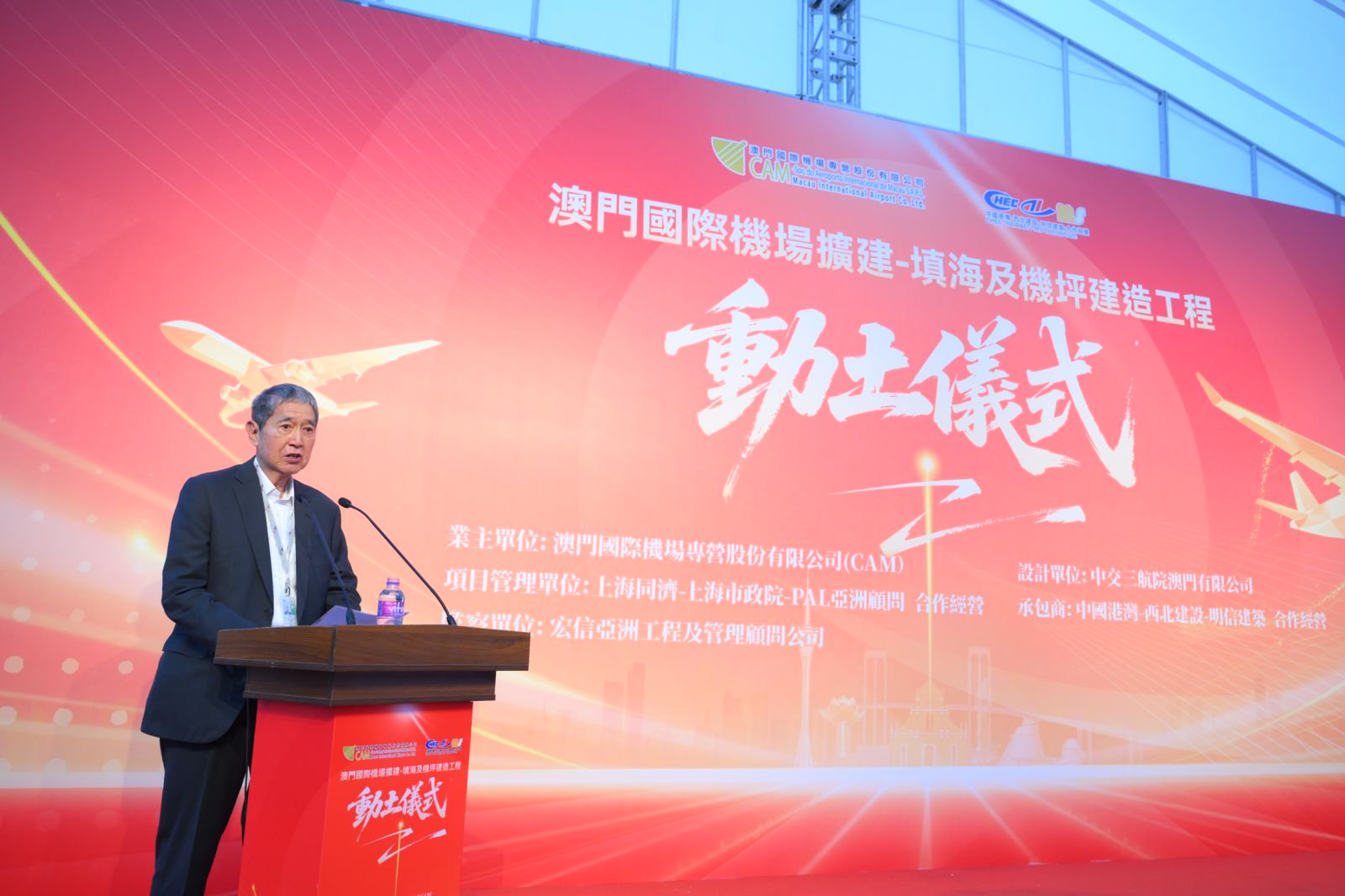
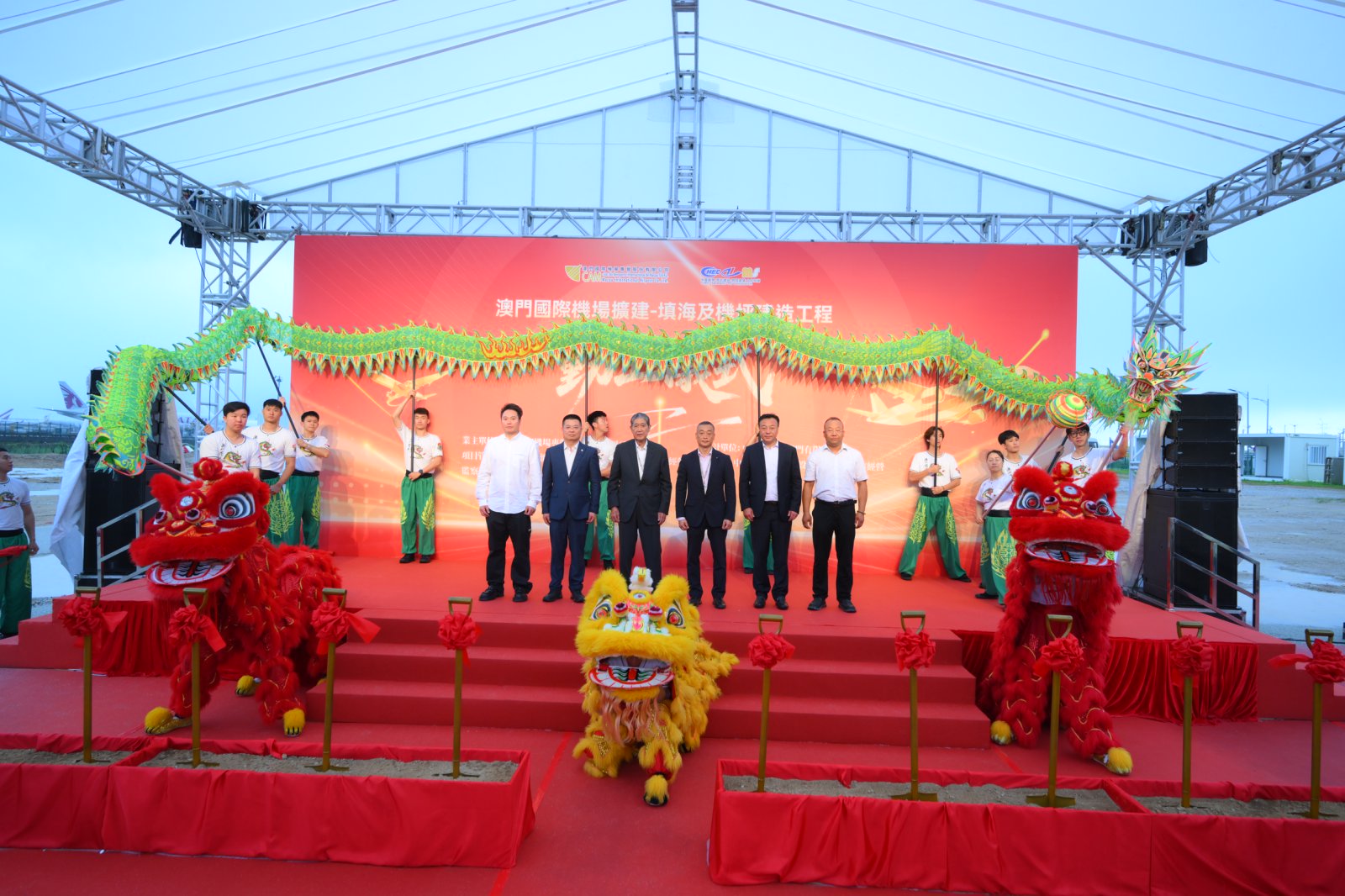
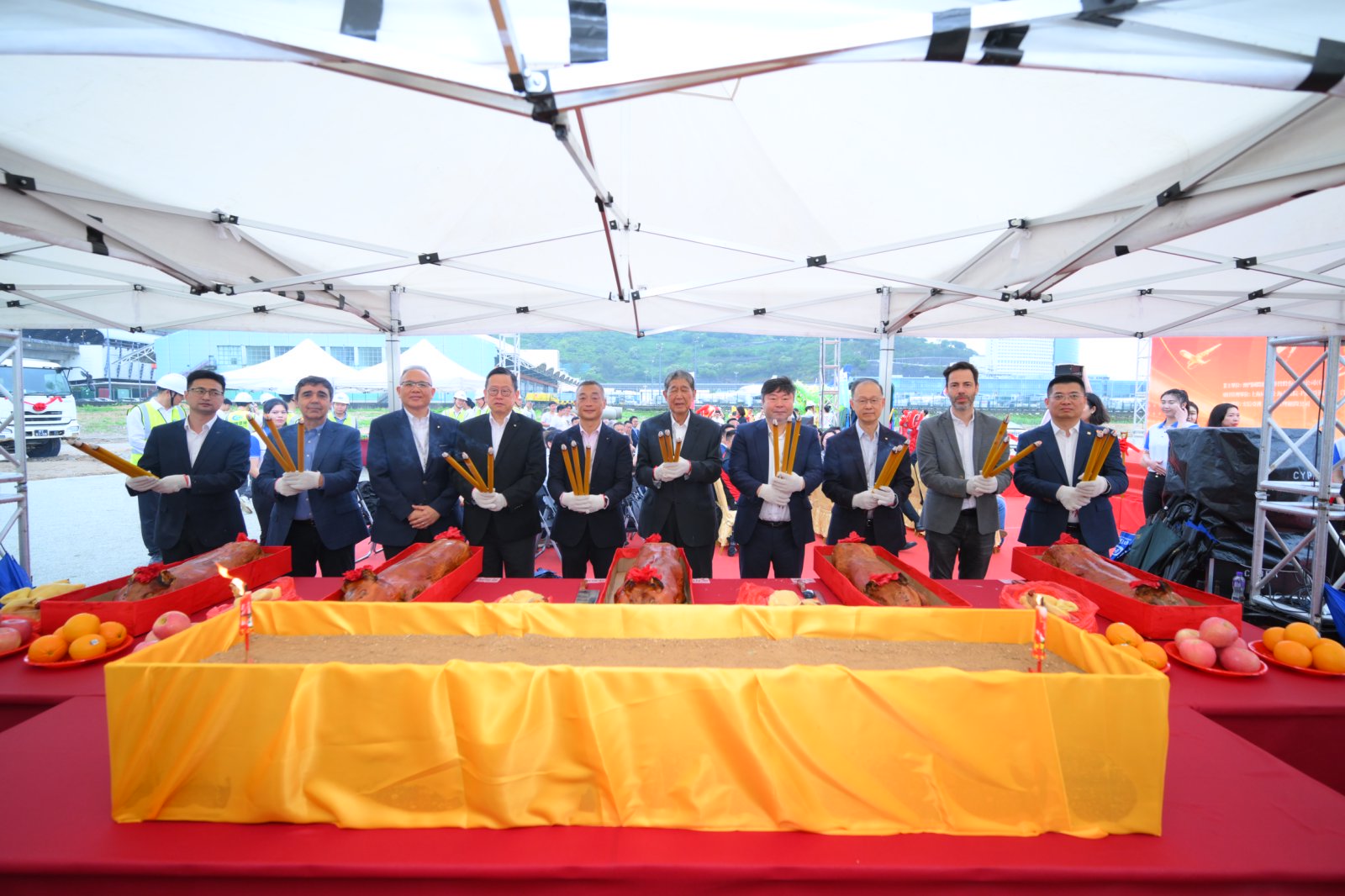
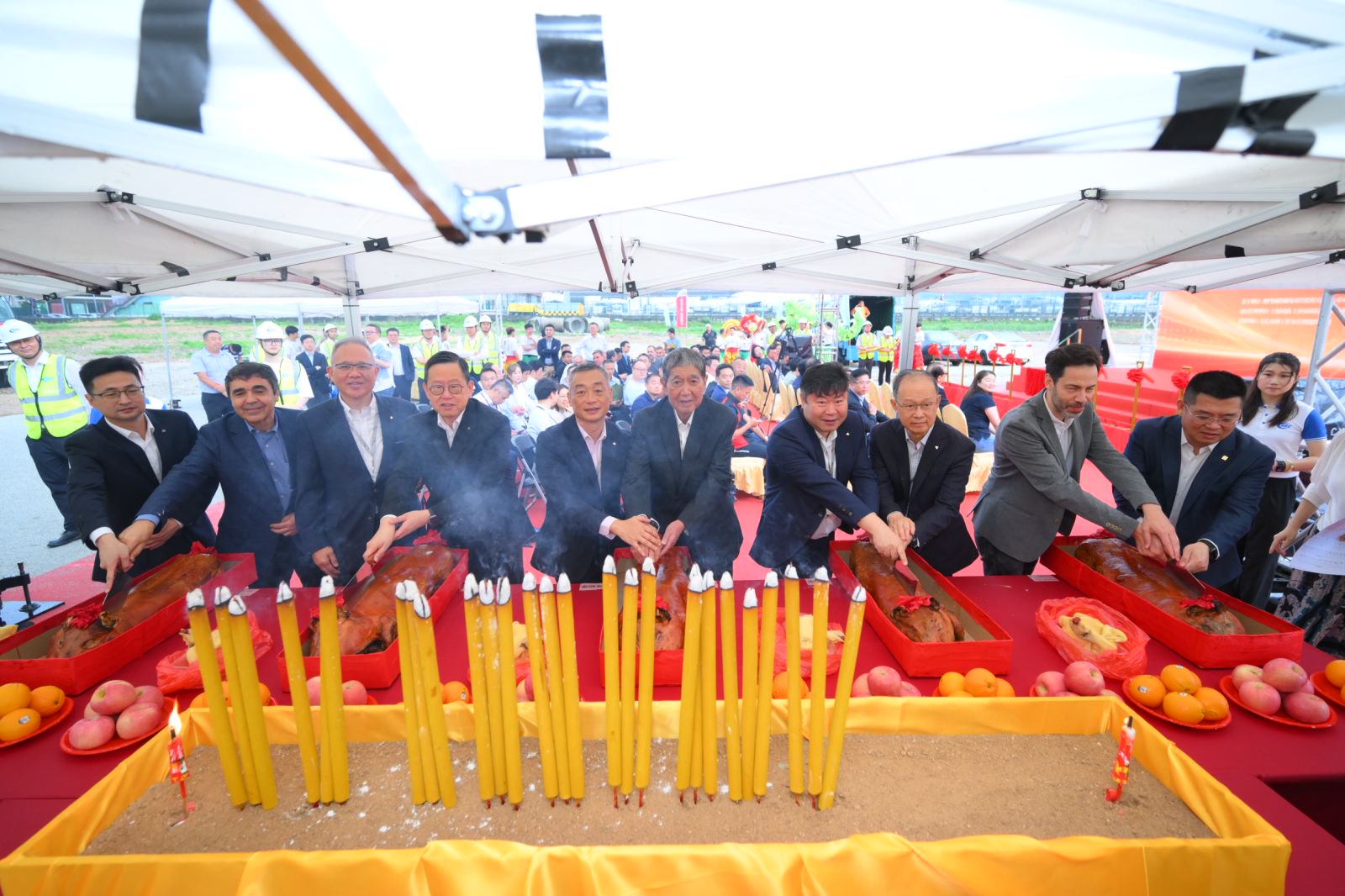
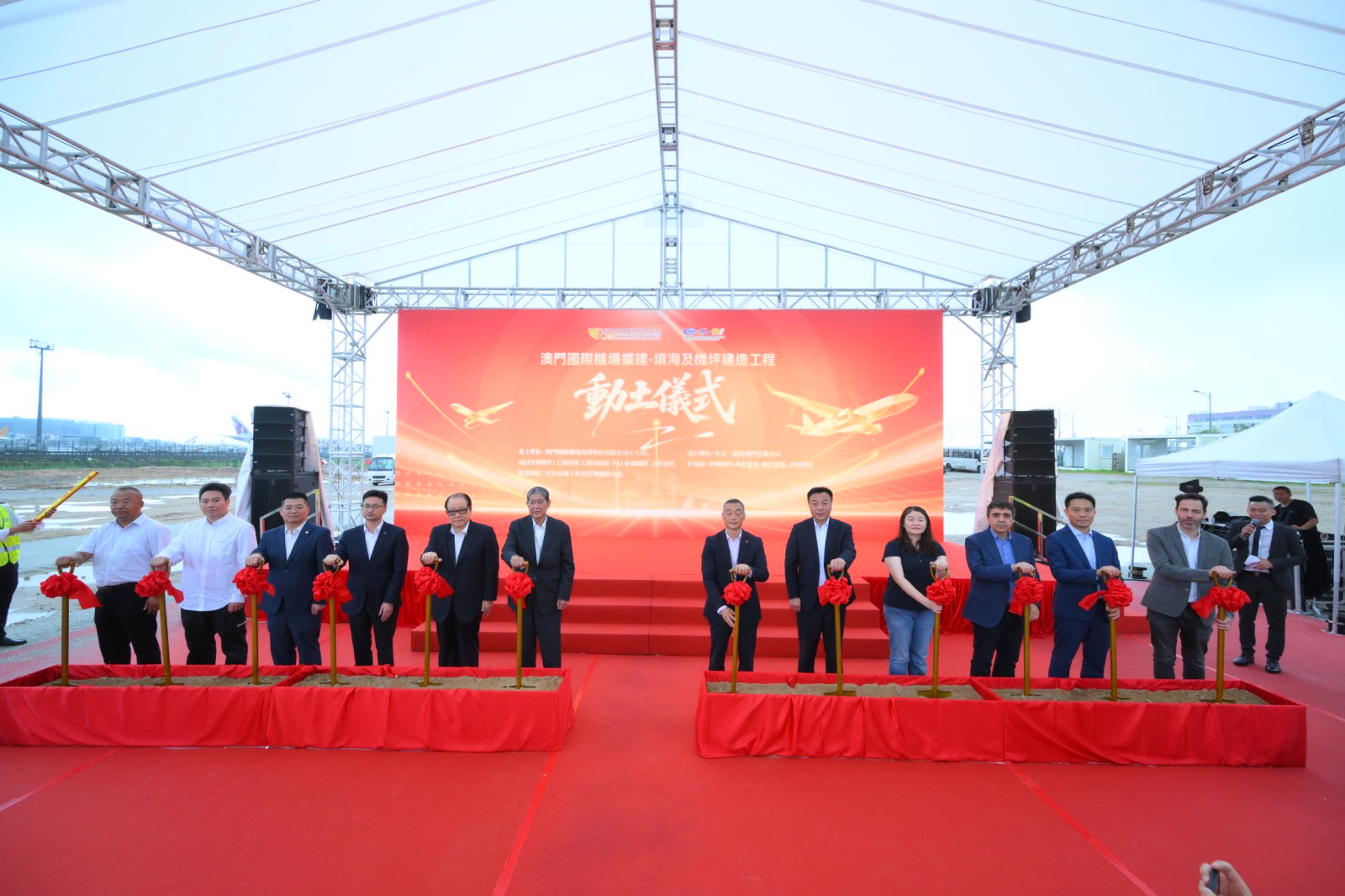
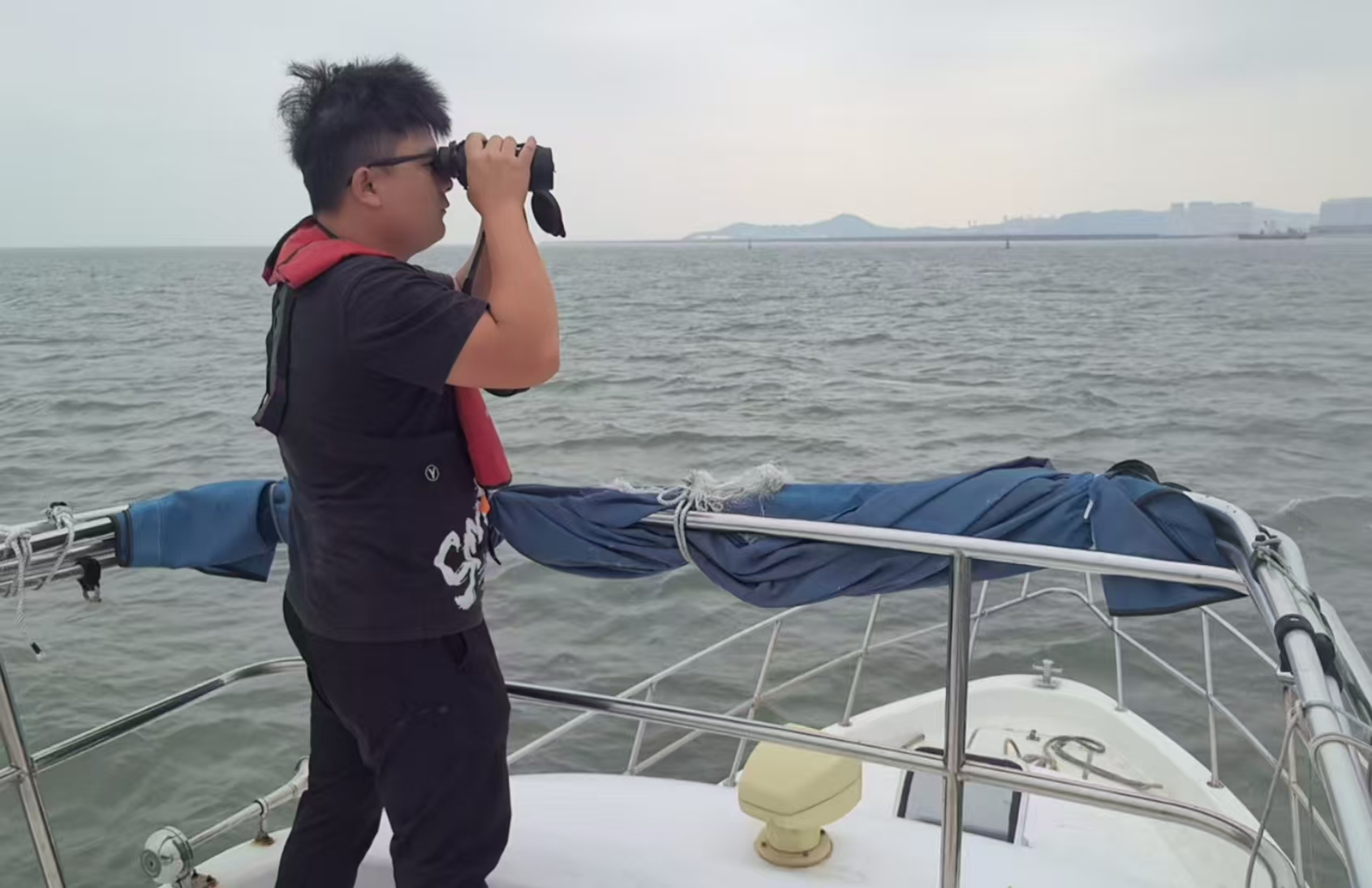
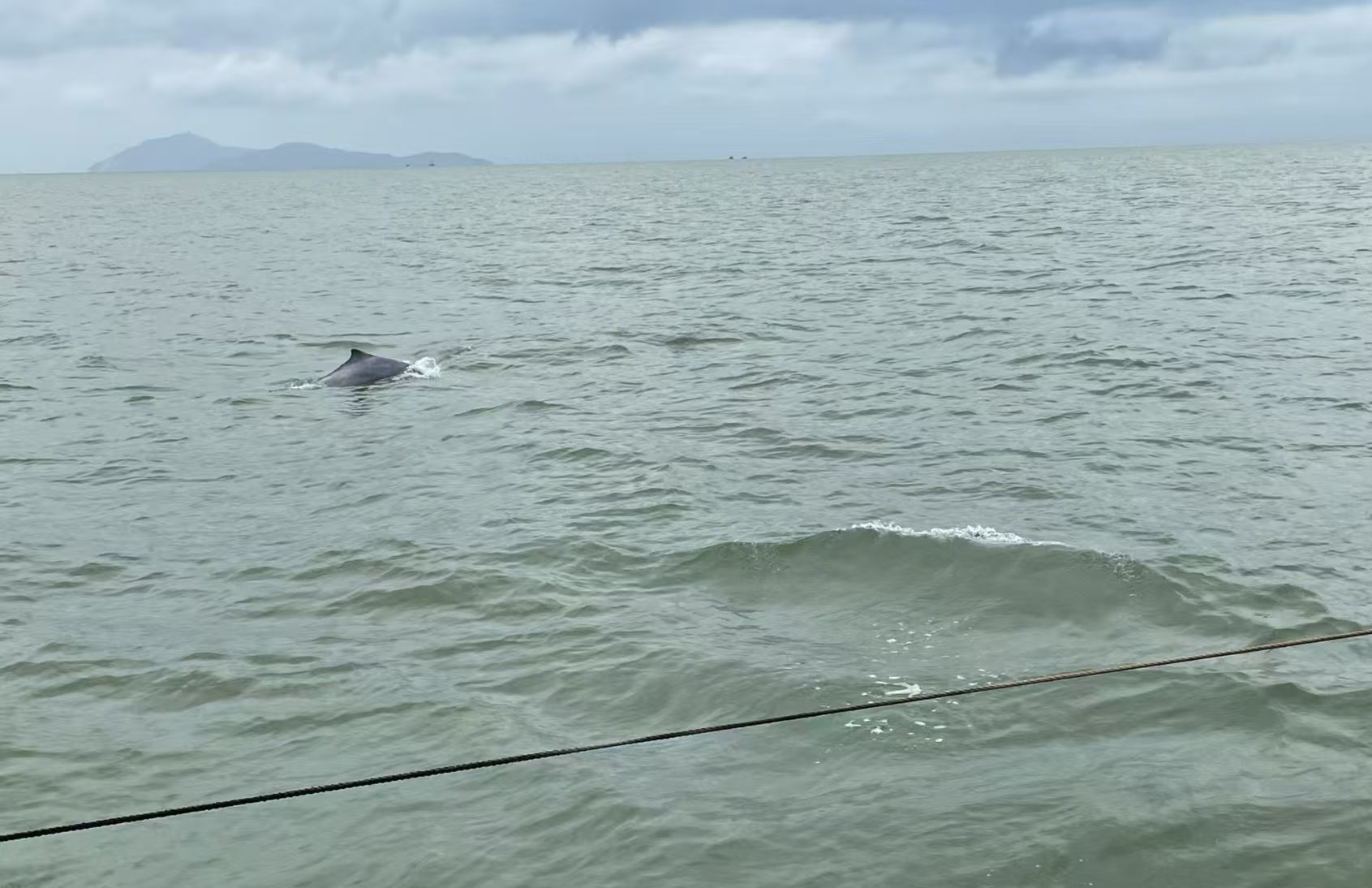
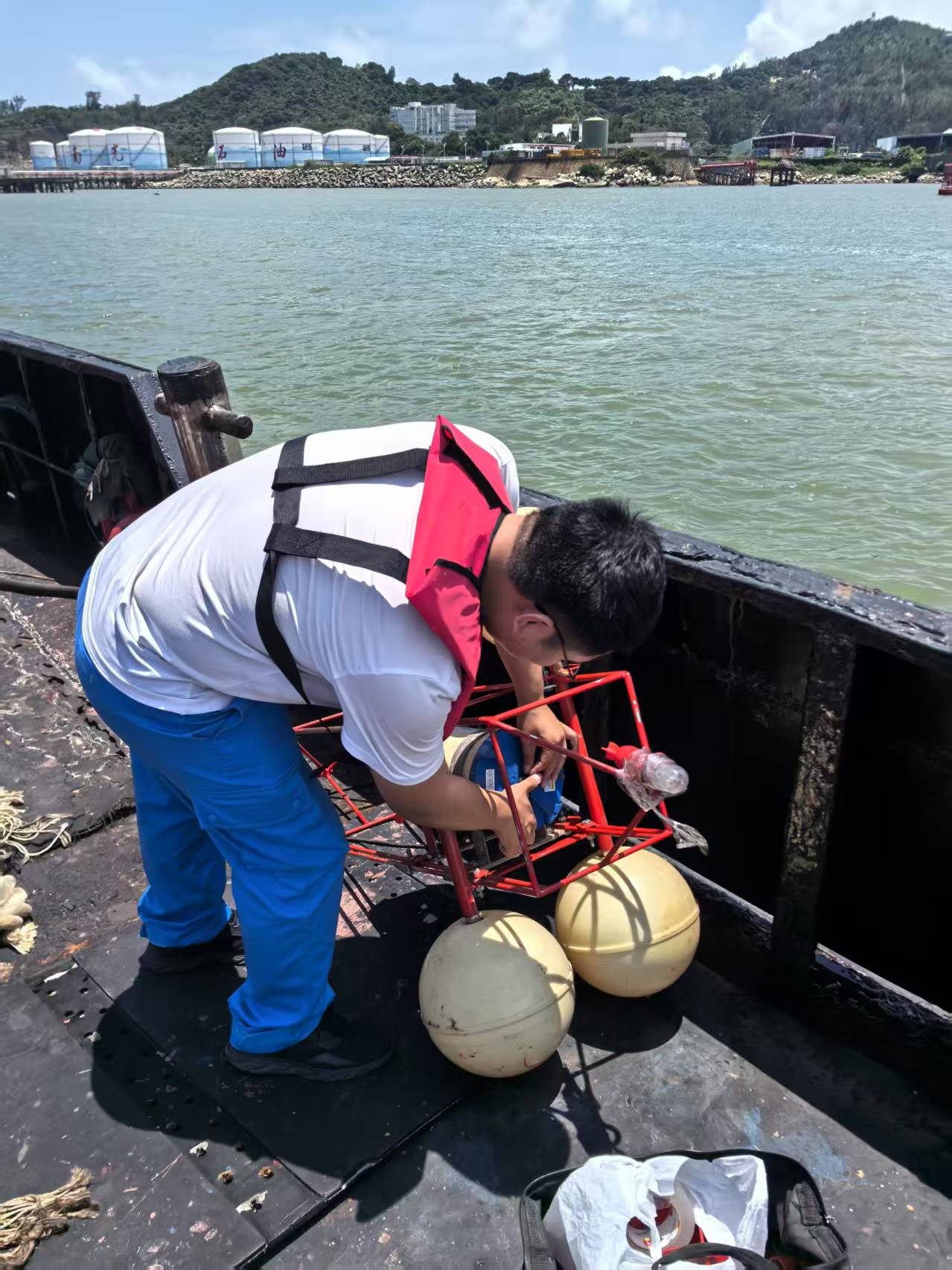
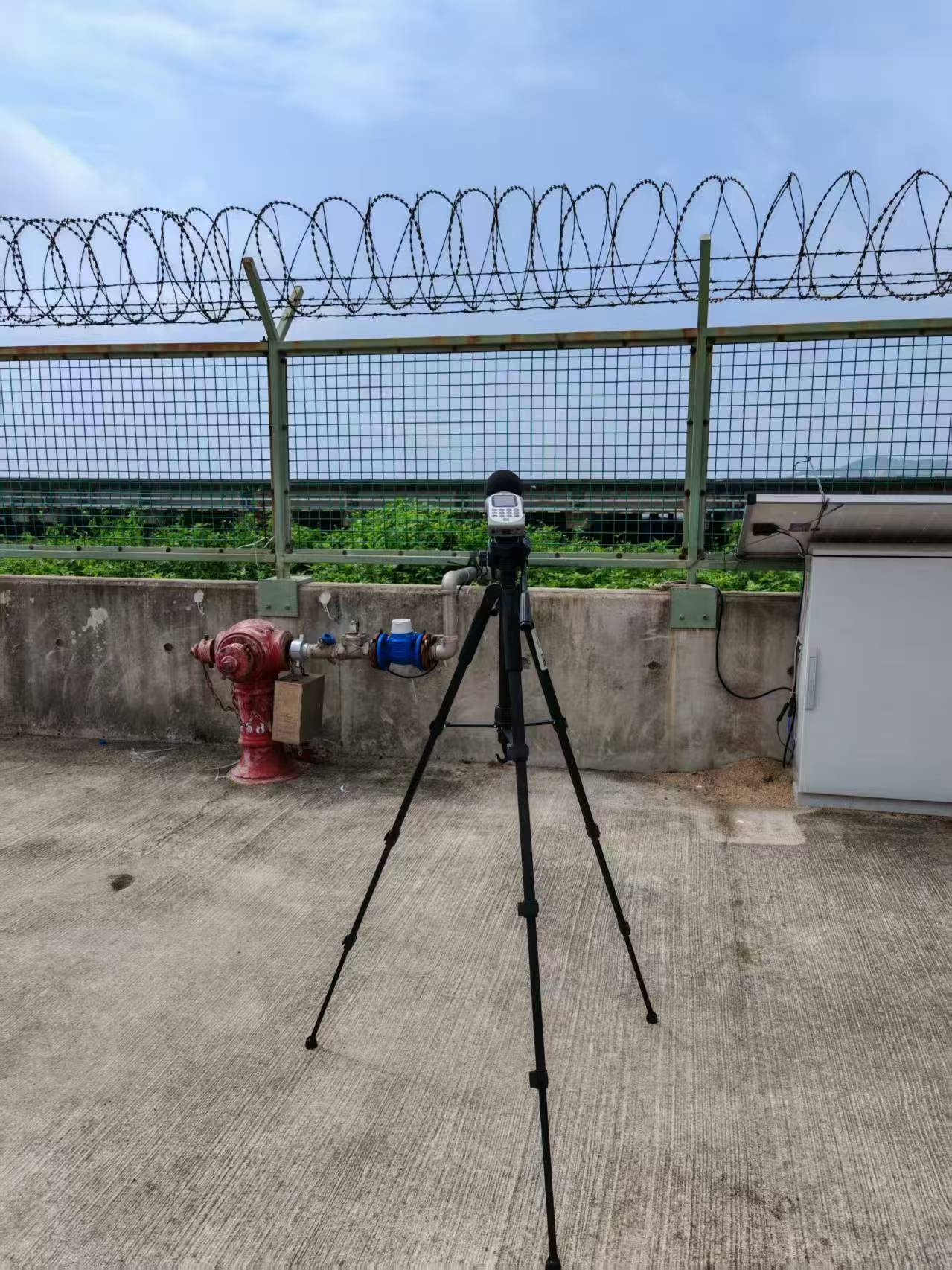
First quarter of 2025
- The procurement process for the “MIA Expansion Project – Supervision Service” has been completed.
- The procurement process for the “MIA Expansion Project – Quality Assurance Service for Civil Works” and “MIA Expansion Project – Quality Assurance Service for Mechanical and Electrical Equipment” has been completed.
- The Marine and Water Bureau (DSAMA) has approved the application for marine engineering activities.
- The Lands and Urban Construction Bureau (DSSCU) has approved and issued the construction license for the expansion project.
Fourth quarter of 2024
- According to the Dispatch of the Secretary for Transport and Public Works No. 18/2024, published in the “Official Gazette of the Macao Special Administrative Region”, No. 40, dated 3 October 2024, the land concession was officially granted to Macau International Airport for the expansion work.
- The public tender process for the “MIA Expansion Project – Construction Works for Reclamation and Apron” project has been completed.
- The “MIA Expansion Project – Construction Works for Reclamation and Apron” Ground-breaking Ceremony was held on 22 November 2024.
- Commencement of the procurement process for the “MIA Expansion Project - Supervision Service”.


Third quarter of 2024
- The Land and Urban Construction Bureau (DSSCU) issued the draft modification of the land concession contract and CAM submitted the necessary documents as required by DSSCU to facilitate the approval process. (The approval of the land concession contract was officially published on 3 October 2024)
- Application for a licence from the Marine and Water Bureau (DSAMA) for sea occupancy for MIA expansion project was approved.
- The “Plans for the Reclamation and Apron Works” was given a viable opinion by the Land and Urban Construction Bureau (DSSCU).
- Held meetings to coordinate the environmental and ecological restoration scheme with relevant government departments.
Second quarter of 2024
- The tender for “MIA Expansion Project – Construction Works for Reclamation and Apron” has been published.
- In accordance with the Government’s new regulatory requirements, the plans for the reclamation and apron works have been submitted to the Land and Urban Construction Bureau (DSSCU) and are currently awaiting approval.
- The hydrologic monitoring and environmental monitoring work prior to the construction phase has been completed.
- The Urban Conditions Plan (PCU) and cadastral plan have been developed and the drafting of land concession contracts is in progress.


Hydrologic Monitoring

Noise Monitoring
First quarter of 2024
- The tender process for the project “Macau International Airport Expansion and Reclamation Project – Project Management and Technical Support Service” has been completed.
- In response to the Government’s new regulatory requirements, the draft plans for the reclamation and apron have been submitted to the Land and Urban Construction Bureau (DSSCU) for approval and are awaiting review.
- The winter flood monitoring work has been completed and preliminary monitoring for spring is about to begin.
- Work is currently underway with the respective project units to plan the preparation of the tender documents for the reclamation construction.
- Land concession matters are currently being coordinated with the respective Government departments, and cooperation is underway to prepare the Planning Conditions Map (PCU).
4th quarter 2023
- The design of reclamation is being refined in accordance with the advice of the Civil Aviation Authority (AACM) and the departments responsible for vetting and approval.
- •The preliminary study plan for the design of the apron and related facilities has been finalised, and the detailed construction drawings will be elaborated.
- The autumn hydrologic monitoring and baseline monitoring work has been completed, and the pre-construction monitoring works will continue.
- The public tender for project management and technical support was carried out.
- Continuous coordination with government departments on the concessions of land and compilation of cadastral maps.
3rd quarter 2023
- AACM’s response and comments on the revised version of the “Second and Third Phases” of the Basic Plan of the Reclamation Project have been received in August.
- AACM’s response and comments on the “First, Second and Third Phases” of the Construction Drawing Plan for the Reclamation Project have been received in August, which have been considered for the amendments on the design of the Construction Drawing Plan.
- The environmental monitoring work was launched. According to the CCCC Third Harbour Consultants Macau Company Limited, the land-based preparatory activities (personnel, equipment and vessels) will be completed and its hydrologic monitoring will be formally commenced, as planned. The summer monitoring work will be completed. It is planned that the Autumn Hydrologic Monitoring will commence.
- The study for the sub-phase of the Expansion Project commenced, with the layout of the floor plan for the basic stage of the capacity of 13 million pax being finalised and the commercial plan commencing immediately thereafter.
- Completed the tendering process for MIA Expansion Project – Quantity Surveying Service and MIA Expansion Project – Hydrologic Monitoring, Environmental Monitoring and Ecological Restoration.
2nd quarter of 2023
- Started tendering for quantity surveying service
- Submitted to the AACM and relevant review bodies a basic plan of the reclamation project.
- Collect and analyse all the data from the first phase of the reclamation project.
1st quarter 2023
- Started tendering for environmental monitoring
- Held meetings with AACM and the Land and Urban Construction Bureau (DSSCU) on the concession of land use, and subsequently submitted the optimisation of coordinates, area amendment and respective minutes to AACM, with a copy to the Cartography and Cadastre Bureau (DSCC). Presently, DSCC’s response and comments are being followed up.
- Held meetings to discuss the supply of inert materials for reclamation with the Environmental Protection Bureau (DSPA).
- Held meetings to coordinate environmental monitoring with DSPA, the Municipal Affairs Bureau (IAM) and other relevant departments.
- Held meetings to coordinate the design of reclamation and runway with relevant units.
In 2022
- Established the leading group and working group for expansion and reclamation plan
- Required the engineering company to complete the reclamation proposal within 60 days and negotiated relevant monitoring tasks of the sea area.
- The Infrastructure Development Department and the consulting firm started preparing the schedule for the reclamation works.
- The Finance & Administration Department prepared plans for the realisation and implementation of the respective funds.
Public tender
| Public tender period | Project name | Awarded entity |
| 1st November 2024 – 2nd December 2024 | MIA Expansion Project – Supervision Service | CONSULASIA – Consultores de Engenharia e Gestão, Limitada |
| 30th May 2024 – 31st July 2024 | MIA Expansion Project – Construction Works for Reclamation and Apron | CHINA HARBOUR ENGINEERING COMPANY LIMITED / NORTHWEST CIVIL AVIATION AIRPORT CONSTRUCTION GROUP CO., LTD / MING SHUN CONSTRUCTION AND PROPERTY INVESTMENT LIMITED |
| 11th September – 18th October 2023 | Project Management and Technical Support Service | Shanghai TongJi Project Management & Consulting Co., Ltd / Shanghai Municipal Engineering Design Institute (Group) Co., Ltd / PAL Asia Consult Ltd |
| 24th April - 29th May 2023 | MIA Expansion Project – Quantity Surveying Service | Rider Levett Bucknall Macau Limite |
| 20th March - 20th April 2023 | MIA Expansion Project – Hydrologic Monitoring, Environmental Monitoring and Ecological Restoration | CCCC Third Harbour Consultants Macau Company Limited |
Direct Consultation
| Date of award | Project name | Awarded entity |
| 24th January 2025 | MIA Expansion Project – Quality Assurance Service for Mechanical and Electrical Equipment | Institute for the Development and Quality, Macau |
| 24th January 2025 | MIA Expansion Project – Quality Assurance Service for Civil Works | Civil Engineering Laboratory of Macau |
| 29th November 2023 | MIA Expansion Project – Design of Apron and Related Facilities | CCCC Third Harbour Consultants Macau Company Limited |
The first phase reclamation works of MIA mainly comprise of the followings:
1. Land reclamation for the sea area between the artificial islands of the runway and the two existing taxiways with the purpose of increasing runway capacity to create additional aircraft stands and to build runway rapid exit;
2. A 95-metre-wide water passage has been reserved between the artificial island and the aircraft apron. The new land and facilities will significantly increase the capacity of the passenger terminal and general aviation facilities, as well as increase the runway capacity.
The reclamation works will be executed in gradual phases, as per traffic demand. The first phase of MIA expansion is expected to be completed by 2030,according to current progress.
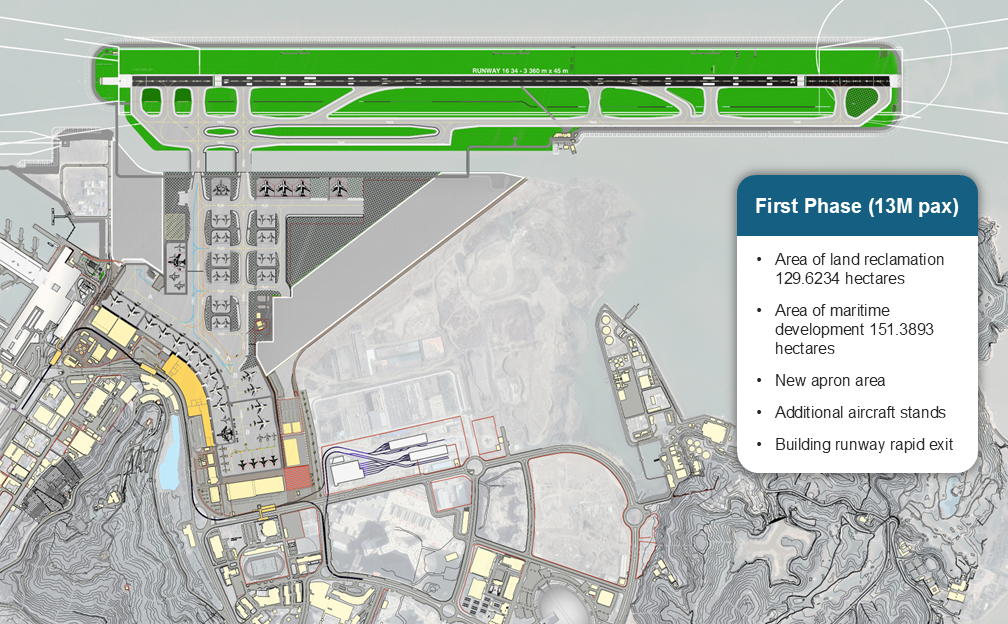
Reclamation material
In addition to increasing the capacity of the airport, the airport reclamation project also aims to relieve the pressure on Macau’s construction material waste landfill, therefore, it was intended to use the consolidated marine mud as the reclamation material. However, due to the launch of the Project of Dumping and Transport of Marine Mud from Macau Construction Materials Waste Landfill (ARMC) by DSPA in 2019, the problem of construction waste materials has been alleviated. Besides, considering that large-scale reclamation works in other regions have started to use inert materials, which are more stable than consolidated marine mud, the airport now employs inert materials for land reclamation.
The inert materials come from the ARMC, which is one of the abandoned construction materials in the construction works in Macau. The materials are mainly stone, brick, concrete and sand.。
Advantages
- According to the study conducted in Macau and the neighbouring regions, the stability and sedimentation performance of inert materials are ideal.
- The materials are obtained from the landfill and are relatively cheaper compared with sea sand.
- The reclaimed land of the airport will be divided into three layers: the upper layer will use mechanised sand, the middle layer will be composed of inert materials and the lower layer will be a mix of mechanised sand and sea sand. Such solution maximises the capacity of inert materials from ARMC, making it possible to meet the airport’s requirements for loading without the need for special foundation treatment.
Environmental conservation
According to the Administration Directory for Environmental Protection Construction Works Classification in The Mainland of China, the airport reclamation project belongs to the category of Sea Reclamation and Enclosure Project under Ocean Engineering. Therefore, in accordance with the Main Comments provided by the Ministry of Ecology and Environment for the Environmental Assessment of Macau Sea Area, an environmental impact report should be prepared and submitted to Ministry of Ecology and Environment for approval.
Preparation of the environmental assessment report
The environmental assessment is entrusted to SGIDI Engineering Consulting (Group) Co., Ltd, for assistance in its execution. The assessment covers two parts, namely, the sea area within 15 kilometres from the project boundary, as well as the land area within 300 to 500 metres beyond the project boundary and the construction camp and the surrounding area of 300 to 500 metres.
The Environmental Report brings together the following elements: investigation and assessment of the current state of the environment, engineering analysis, environmental impact forecast and assessment, environmental risk assessment, environmental protection measures plan, environmental management and monitoring plan, and results of the public consultation. The environmental measures described in the report cover both the construction and operation phases. The main points are as follows:
- Conduct environmental baseline monitoring prior to the construction phase
- Conduct environmental monitoring during the construction and operation phases
- Limit construction areas strictly
- Develop measures of environmentally friendly construction management
- Install anti-fouling screens at the drainage outlets
- Choose quieter marine equipment of recent model for construction
- Control of construction dust
- Fish stocking during fishing moratorium
- Adopt construction of ecological sea dikes and dike toes
- Regular cleaning of dredges, etc.
Report conclusions
1. The airport expansion project complies with the relevant requirements of the National Marine Functional Zoning and Planning;
2. The impact of the construction works on the surrounding hydrodynamics, dredging environment, seawater quality, marine ecology and fishery resources, as well as acoustic environment, ambient air and aquatic environment of the land area, etc. is acceptable with the application of various environmental protection measures and ecological restoration and compensation measures;
3. Although the project poses environmental risks due to possible oil leakage caused by collisions of vessels in construction, these environmental risks are under control after relevant preventive measures are taken.
The ecological compensation measures adopted in the MIA expansion project based on the ecological development project of vertical water dikes are as follows:
Ecological hexagonal bricks, developed by the Australian Institute of Marine Science and the Reef Design Lab, will be installed to line the walls of the vertical dikes at the water passage between the north and the south, for the purpose of creating microenvironment for marine life and improving quality of seawater.
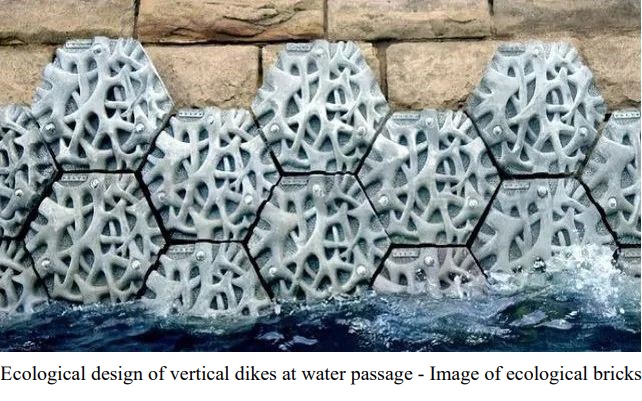
Given that the small geometric shape of these eco-bricks can provide a space for marine life, one can alter their perfectly flat structure and biologically difficult conditions to survive.
Ecological dikes at the southern end of the track
Given that the dike toes at the southern end of the track is the connection point to the sea-land ecological corridor, small-scale ecological design structures such as artificial reefs and rubbles will be adopted for the upper part of the dike toes, provided that the stability of the dike toes is not damaged.
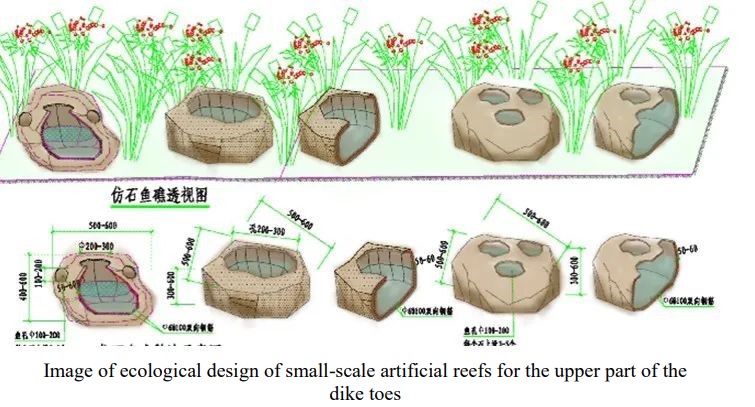
Such design creates a heterogeneous ecological environment that provides shelters for reproduction, growth, bait and protection against predators, and promotes aggregation and recovery of marine life at dike toes.
Other restoration measures include fish stocking as well as conservation measures for Chinese white dolphin.
